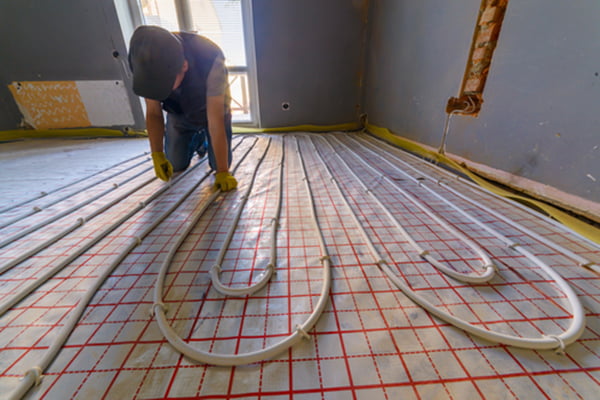Come winter, heating becomes an absolute necessity in many areas of the United States. Even if you live in a relatively warm climate, cold winter nights can get uncomfortable.
Of course, heating comes with a cost. Not only will you expend energy and raise your utility bills by heating your home, but you’ll also typically release carbon emissions, which can be harmful to the environment. Improving your efficiency not only saves you money but reduces your environmental impact, so most consumers are incentivized to improve efficiency wherever they can.
What are the most efficient ways to heat your home?
Sources of Heat
Heaters come in many shapes and sizes, all with the same goal of providing heat and increasing the temperature in a given area. Unfortunately, there’s no single most efficient type of heater; most heater varieties come with advantages and disadvantages.
· Furnaces. The most popular way to heat a home is with a standard furnace, which heats air and blows it throughout the house. Furnaces are relatively inexpensive, and they come in many varieties; for the most part, natural gas furnaces work more efficiently and cost less money than their electric counterparts.
· Heat pumps. Heat pumps work similarly to furnaces, but they redistribute heat from the air or ground and use a compressor to transfer the heat. Heat pumps have the potential to transfer more energy than they consume – but they also tend to be more expensive.
· Boilers. Boilers are considered an old-fashioned home heating method, relying on hot water and active circulation to heat a home through radiators. However, they’re still relatively efficient – though they require more maintenance and care.
· Fireplaces. Fireplaces use wood, natural gas, electricity, and other fuels to produce flames for both heating and aesthetic purposes. They’re not very efficient at heating the entire house, but they’re an excellent source of local heat – and some types of fuel are more efficient than others.
· Space heaters. Space heaters, like fireplaces, are excellent at providing heat to a local, concentrated area. However, they tend to be inefficient when used to heat an entire house.
Heat Loss Mitigation
One of the most important factors to consider in efficient home heating is heat loss mitigation. No matter what type of heaters you’re using, your home is going to gradually lose heat to the outdoors. The faster you lose that heat, the harder your heaters are going to have to work, reducing your efficiency.
If you want to heat your home as efficiently as possible, that means improving your heat loss mitigation through these strategies and others:
· Holes and cracks. The most common sources for heat loss are holes and cracks in your house. Even if they’re relatively small, these openings cause air leaks that can immediately compromise your energy efficiency. Track them down by feeling for cold drafts and seal them with caulk.
· Open doors and windows. Every time you open a door or window in winter, you’ll be letting out significant heat. Try to keep these openings closed as much as possible.
· Old windows. If you have old windows in place, you’re probably losing a ton of heat through the thin, single panes of glass. It’s an expensive upgrade, but installing new windows with more efficient features can significantly increase your heating efficiency.
· Insulation. You also need to think about the quality and density of your insulation. Better insulation will lead to much less heat loss.
Spatial Considerations
You also need to consider the fact that heating an entire home is much less efficient than heating one specific room. If you and your family spend most of your time in one room of the house, it’s much more efficient to focus your energy output on heating that room than to try and heat the entire house evenly. For this reason, fireplaces and space heaters make for great investments; they allow you to concentrate your heating capacity in the area where you need it most, without wasting energy heating rooms that go unoccupied.
Other Ways to Stay Warm
The average household sets the thermostat to 68 degrees F in winter. If you’re comfortable doing so, you can set your thermostat even lower – and find alternative ways to stay warm. Simple solutions include wearing more layers, adding more blankets, eating warm and spicy foods, and even exercising with moderate intensity.
The Bottom Line
There is no single most efficient way to heat the home, though there are many different strategies you can employ to heat your home more efficiently. Choosing the right type of heater, focusing heat in specific areas, minimizing heat loss, and finding alternative ways to stay warm can all help you reduce your utility costs and still remain comfortable in winter.













Comments